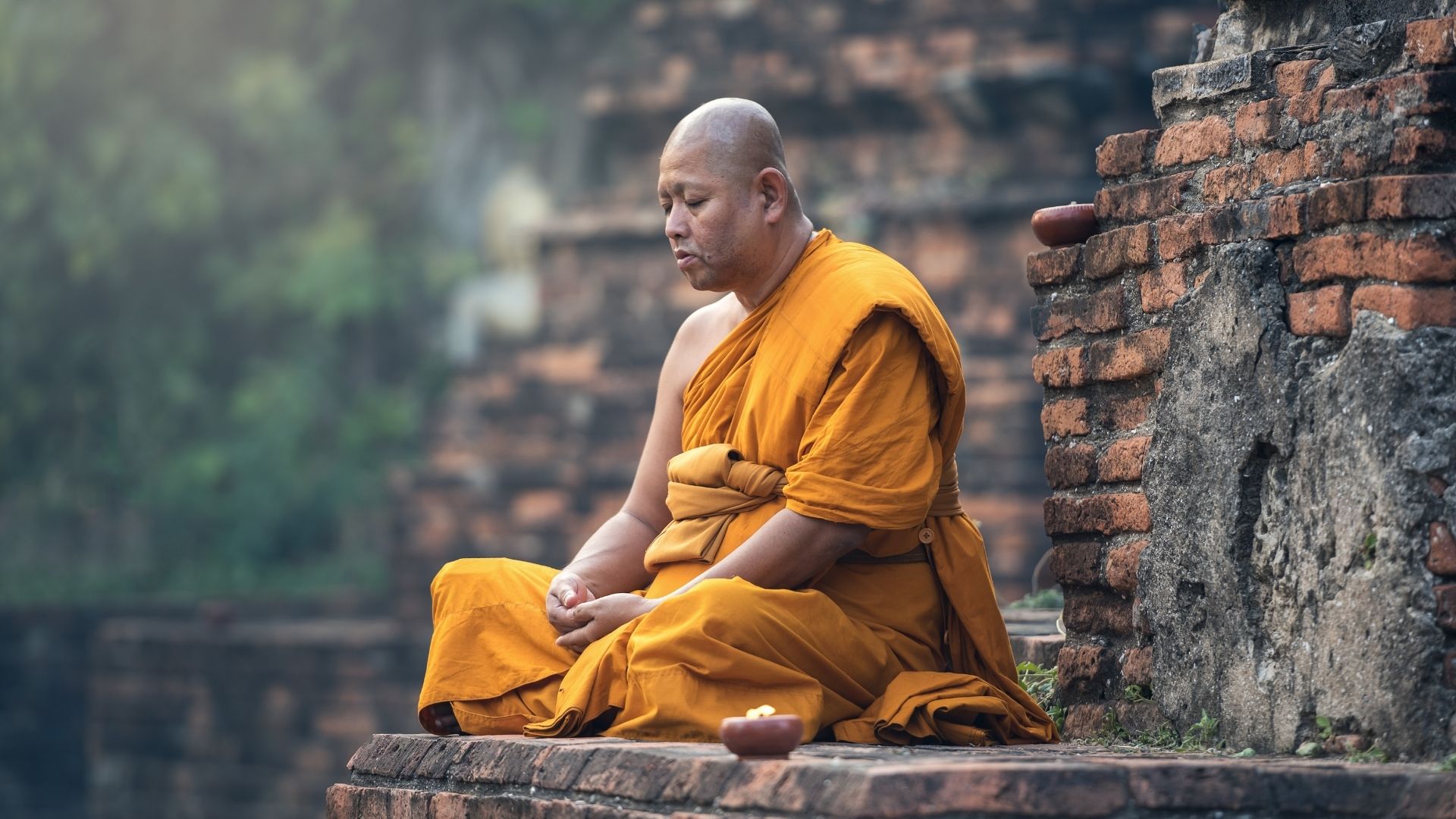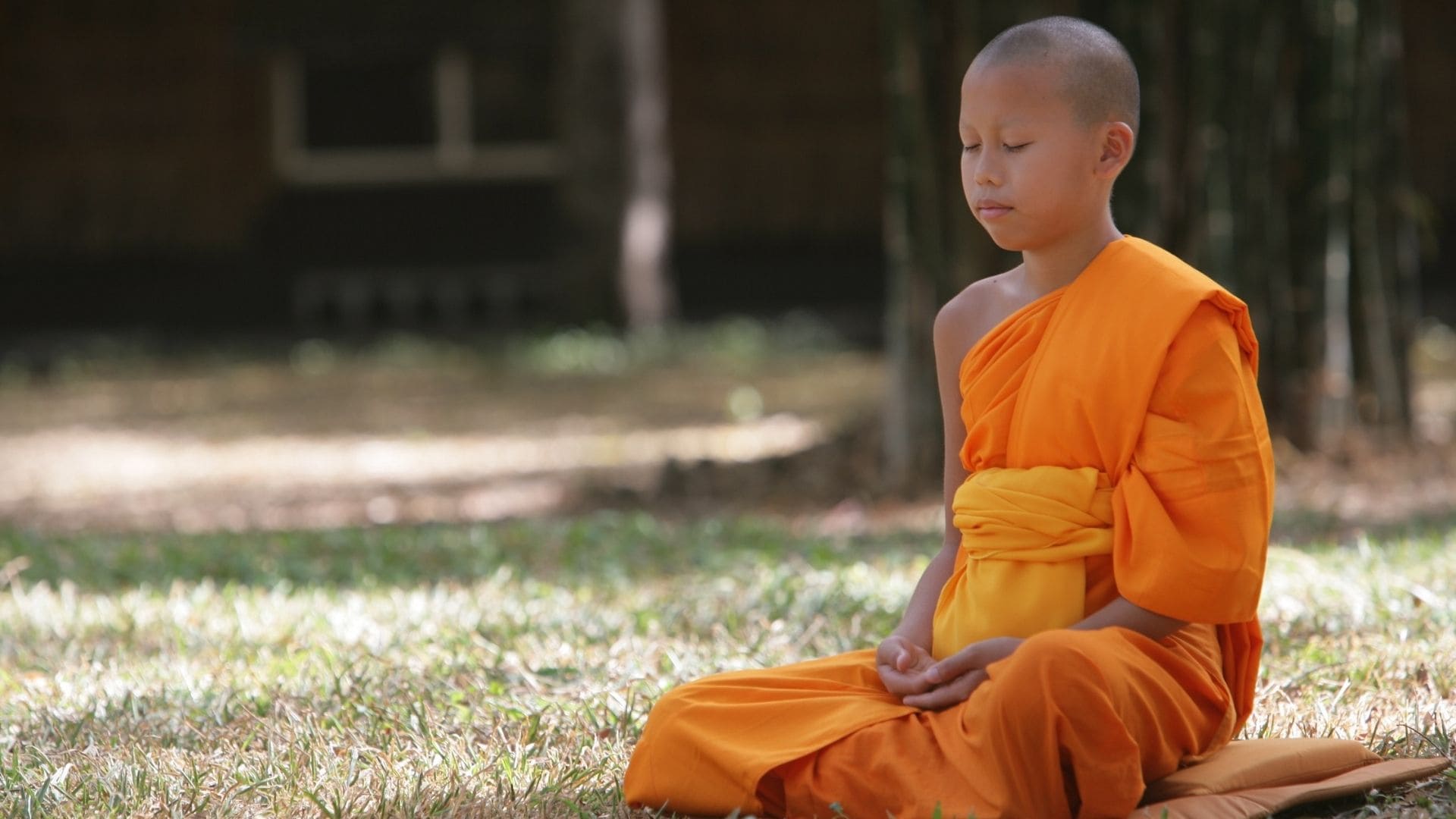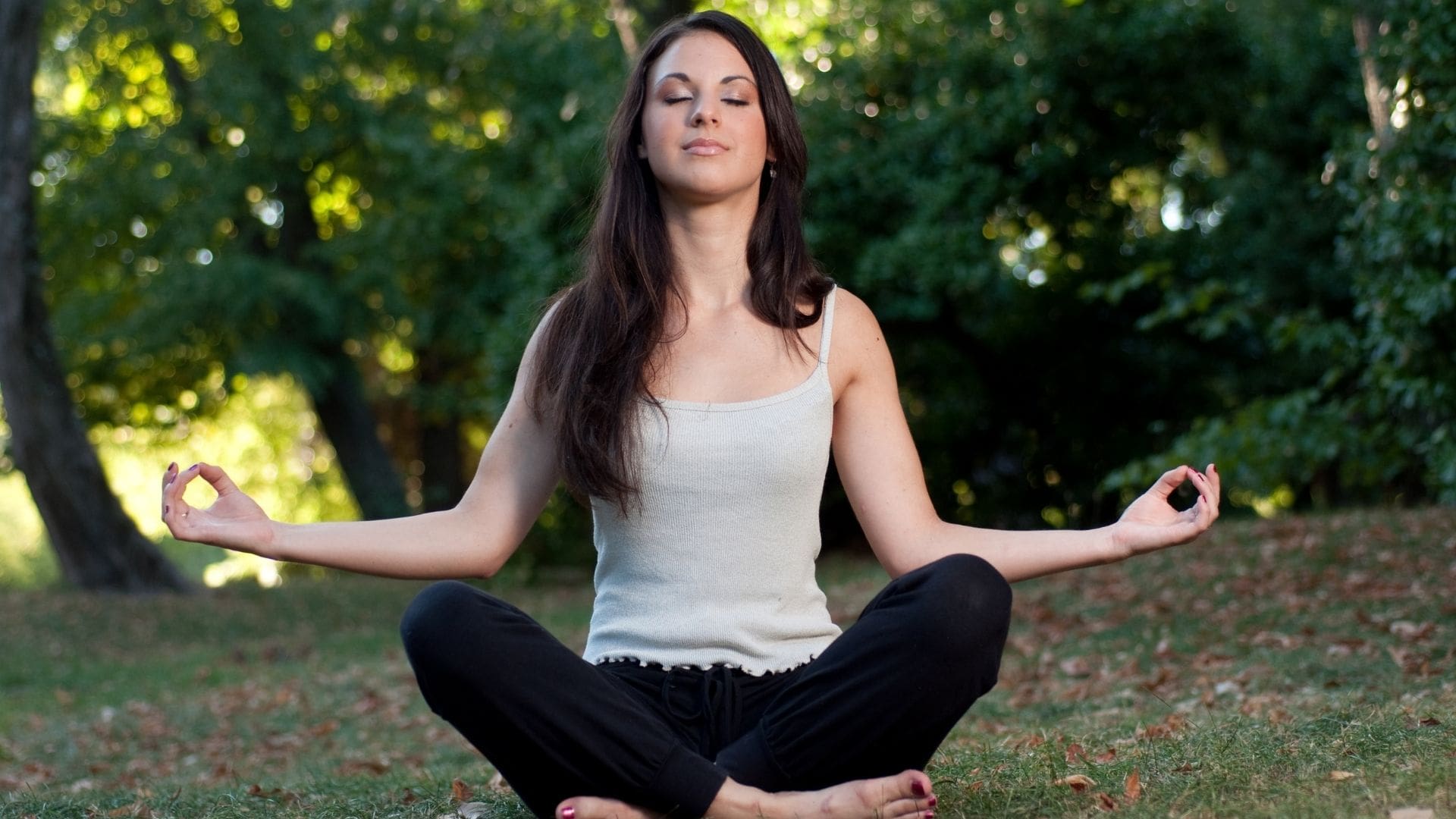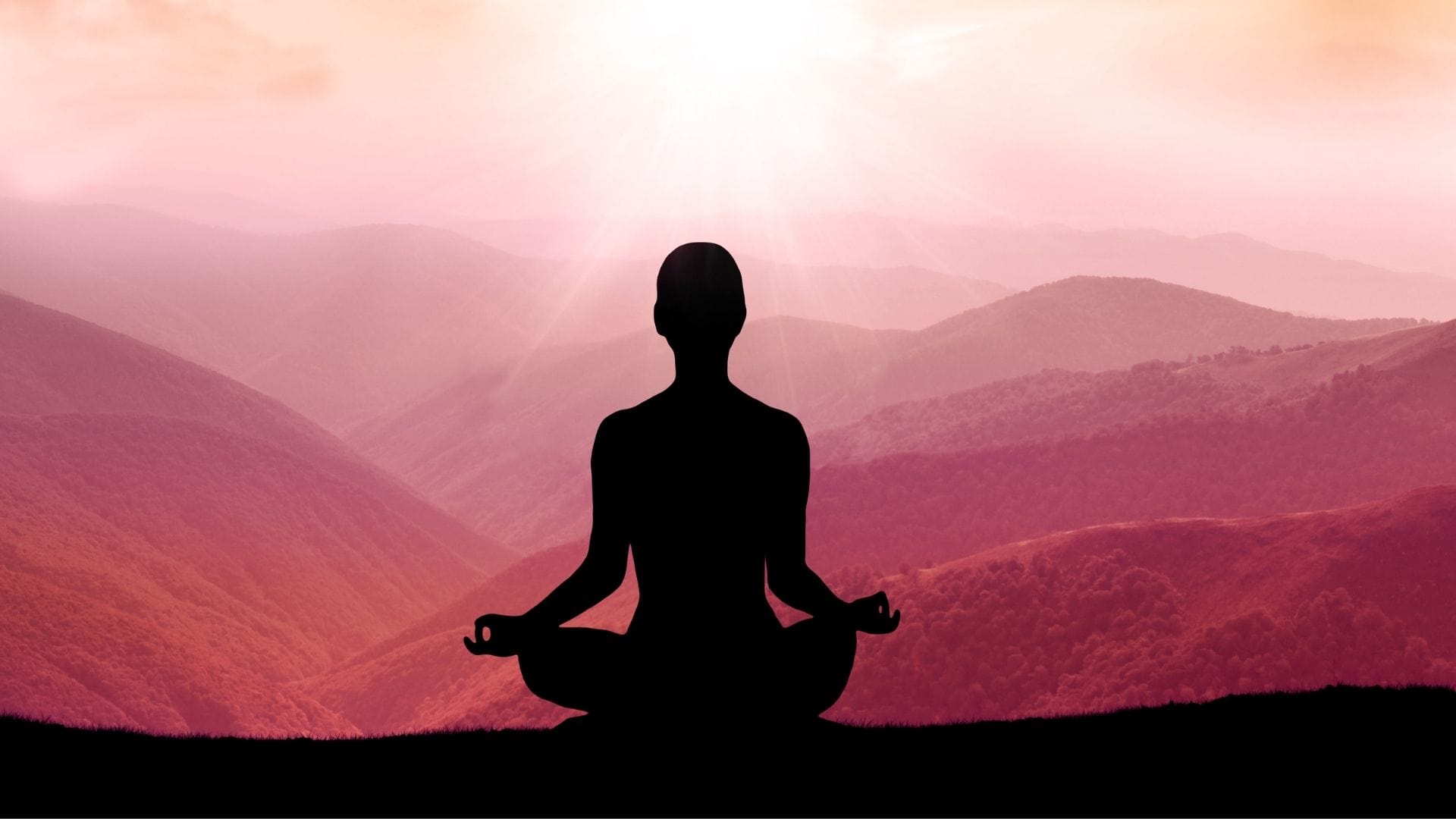
- Home
- Directory
- Events
- Retreat
- Yoga Practices
- Yoga Research
- Wellness Research in Yoga
- Yoga Research on Pandemic
- Yoga Research in Diabetes and Endocrine System
- Yoga Research in Cardiovascular System
- Yoga Research in Depression, Anxiety and Mental Disorders
- Yoga Research in Musculoskeletal System
- Yoga Research in Musculoskeletal System
- Yoga Research in Oncology
- Technology Research and Application in Yoga
- Blog
- Adi Gurus








Dharana
Dharana – Concentration is the confining of the mind within a limited mental area (object of concentration). Dhāraṇā (from Sanskrit धारणा) is translated as “concentration of the mind, This term is related to the verbal root dhri to hold, carry, maintain, resolve. Dharana flows into Dhyana (meditation) and Dhayana into samadhi. The last three cannot be described, only experienced.
This is the first step of Antaranga Yoga (Inner/ mind Yoga), different from the first five components of Ashtanga yoga that are external (Bahiranga Yoga) in nature. The goal of the first five steps of Yoga is to eliminate, step by step, the external causes of mental distraction.
Yama and Niyama eliminate the disturbances which are caused by uncontrolled emotions and desires. Asana and Pranayama help to overcome the disturbances arising from the physical body. Pratyahara, by detaching the sense-organs from the mind, cuts off the external world and the impressions which it produces on the mind. The mind is thus completely isolated from the external world and the yoga practitioner reaches a position to grapple with it without any interference from outside.
Dhāraṇā is the initial step of deep concentrative meditation, where the object being focused upon is held in the mind without consciousness wavering from it. The difference between Dhāraṇā, Dhyāna, and Samādhi (their “integration” constituting Samyama) is that in the former, the object of meditation, the mystic, and the act of meditation itself remain separate.
Patanjali Yoga Sutra 3.1
देस-बंध चित्तस्य धारणा:
desa-bandha cittasya dhârañâ
Concentration locks consciousness in a single area.
{{locationDetails}}
Browse sub-categories
Disclaimer:
The information presented here is not medical advice or a treatment plan and is intended for general education and demonstration purposes only. This information should not be used for self-diagnosis or self-treat any health, medical or physical condition. Please consult and follow your healthcare professional or therapists before beginning an exercise or Yoga regime.
Yujyate.org content is a presentation of theoretical knowledge of the practice methods, effects, contraindications, benefits, etc.
Also, please read all the contraindications carefully. All Yoga practices must be learned and performed under the supervision and the guidance of a qualified yoga teacher, therapist, or school.
Each asana can have its variations practiced by different yoga teachers or schools or traditions, and we do not suggest any variations to be technically correct or wrong.
Any practice must be undertaken based on individual capacity and comfort. Yoga practices are not meant to cause strain on the body, just as any physical exercise comfort level improves over time. We do not recommend any time or cycles to be followed. Stop the practice immediately if it causes discomfort. Yoga practices are not recommended for at least one hour before or after a meal.
You agree to indemnify and hold Yujyate.org, its officers, partners, and contributors for any losses, injuries, or damages resulting from any and all claims that arise from your use or misuse of this content. Yujyate.org makes no representation of the accuracy or suitability of this content. Use of this content is at your own risk.
- {{ listingType.name }}
- prev
- next